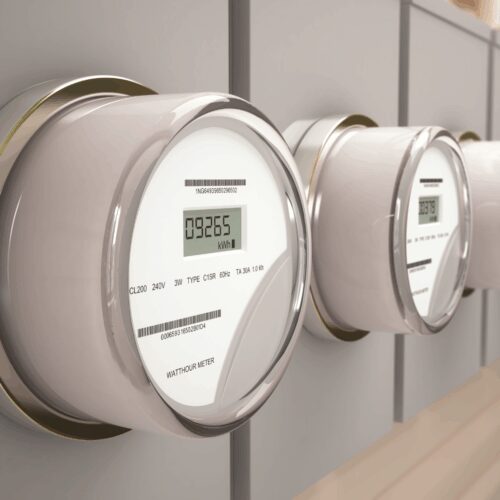The Evolution and Challenges of Time-of-Use Rate Designs


Sign up for our magazine
The premier outlet for compelling storytelling around the innovators and innovations driving the clean energy transition.
Introduction
Time-of-Use (TOU) rate designs have long been regarded as a promising solution to manage electricity demand, reduce peak load, and promote energy efficiency. Despite their potential, TOU rates have faced significant hurdles in achieving widespread adoption and success. This blog explores the history of TOU rate designs, examines participation rates, and delves into the reasons behind their limited success.
A Brief History of TOU Rate Design
The concept of TOU rates dates back to the mid-20th century, when utilities began exploring ways to incentivize customers to shift their electricity usage to off-peak hours. The primary goal was to flatten the demand curve, thereby reducing the need for expensive peaking power plants and enhancing grid stability. Early implementations were basic, often involving simple time blocks with higher rates during peak hours and lower rates during off-peak periods.
In the 1980s and 1990s, advancements in metering technology enabled more sophisticated TOU rate structures. The introduction of digital meters (also known as smart meters) allowed for more precise measurement of electricity consumption, paving the way for dynamic pricing models. Despite these technological advancements, TOU rates remained largely experimental and were not widely adopted.
Participation Rates: A Mixed Bag
Participation rates in TOU programs have varied significantly across different regions and utilities. For instance, in Ontario, Canada, TOU rates are the default option for residential customers, resulting in a participation rate of approximately 90%. In contrast, in the United States, participation rates have been significantly lower. In many states, TOU participation is well below 10%. However, in states that have TOU rate mandates for investor-owned utilities, like California, participation rates are expected to reach 75-90%.
Challenges and Barriers to Success
Several factors have contributed to the limited success of TOU rate designs:
- Customer Awareness and Understanding: One of the primary barriers to TOU adoption is the lack of customer awareness and understanding. Many customers are unaware of the potential benefits of TOU rates or find the rate structures too complex to comprehend. Effective communication and education campaigns are essential to bridge this gap.
- Behavioral Disinterest: Changing consumption habits is challenging. Customers may be resistant to altering their daily routines, even if it means saving money on their electricity bills. Behavioral disinterest is a significant hurdle that utilities must overcome to drive higher participation rates.
- Technology and Infrastructure: The deployment of advanced metering infrastructure (AMI) is crucial for the success of TOU programs. While AMI adoption has increased, there are still regions where the necessary technology is not in place. Without smart meters, accurate measurement and billing based on TOU rates are not feasible.
- Economic Incentives: The economic incentives offered by TOU rates may not be compelling enough for customers to change their behavior. If the price differentials between peak and off-peak rates are not substantial, customers may not see the value in shifting their usage.
- Regulatory and Policy Challenges: Regulatory frameworks and policies play a critical role in the success of TOU programs. Inconsistent regulations and lack of supportive policies can hinder the widespread adoption of TOU rates. Policymakers need to create an enabling environment that encourages utilities to implement and promote TOU programs.
While TOU rate designs hold significant promise for managing electricity demand and promoting energy efficiency, their success has been limited by various challenges. To unlock the full potential of TOU rates, utilities, regulators, and policymakers must work together to address these barriers. By enhancing customer awareness, investing in technology, and creating compelling economic incentives, TOU rates can become a cornerstone of modern electricity rate design.
Next in the series, I will delve into the design and benefits of Critical Peak Pricing rates.




